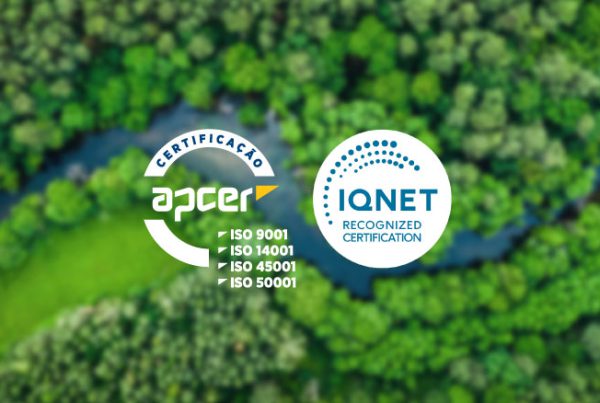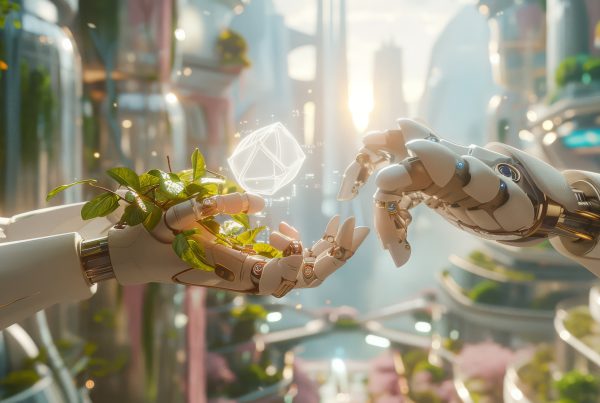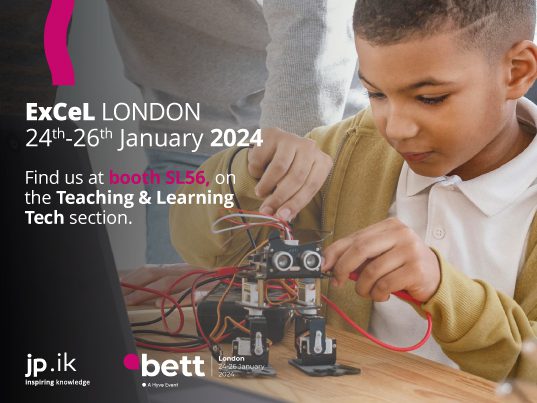”“Einstein was riding in a car when the driver lost control and crashed. The driver turned to Einstein and said: – ‘Professor, are you hurt?’; -’No’, Einstein replied, ‘that tree was not going very fast’.
A joke on Einstein provocative thought
Did you breathe in and breathe out with our last week’s tip? Have you played with the funny emotional characters of the “Inside Out†animated film? Hope you’ve taken the time to look inside yourselves and calm down your hearts and your loved ones as well!
Because this week, it’s time for Movement! Are you ready for the race?!
To warm up walk around your home and join any elements that could help you explore movement. Do you have little cars, plasticine and bouncing balls, metal spheres, some cotton yarn, rough surfaces (e.g., a kitchen cloth or a kitchen board) and any other elements to create your own platforms and ramps?! In fact, you’ll only need the cars, the rough surfaces, and the platforms and ramps to do the “Crazy Cars†challenge we are suggesting you this week. But you may gather the other elements to create your own experiments further on, as we believe you’ll want to!
For now, if you are done with objects, it’s time to get set with the mobile lab where you will enjoy time with your little ones (+6 years old) or let youngsters perform autonomously. Have you already heard about LabCamera? It is an educational app that simulates a mobile lab with diverse functionalities, provided for formal and non-formal learning settings by Mozaik, a jp.inspiring knowledge partner. You may use the trial version available for Windows, Chrome or Mac devices or use it directly from our ikes 2.0 software bundle.

To try out our “Crazy Cars†challenge you’ll need to choose the Kinematics option in the LabCamera panel, that will allow you to track and graph horizontal (x axis) and vertical (y axis) movement of up to three coloured objects. For each of the challenges we will propose you, the specific objects mentioned should be placed in front of your device’s camera (if possible with a white surface behind). Then they must be picked one by one in the Kinematics application, so it is able to recognise them and register their movement. If more than one object is used, the software will associate a different colour to each object in the graph that will be generated.

And now you’re ready for the race! Let’s see if you go fast or slow, and who will win!
To start the challenge, you’ll need to have two little cars, placed side by side in line with your camera’s digital device. When you’re ready, press the record button and pull the cars, one with higher and the other with lower intensity. You’ll be able to see the real-time image of the moving cars in the left side of the screen and the graphic of the movement on the right side of it. Don’t forget to stop recording when the cars stop moving. What’s happening?! Which one moved faster, and which one stopped earlier? Why do you think that happened? Let your kids come up with their own conclusions and hypothesis, and then you may explore the concepts of velocity and time and how they are related – the faster you move, the less time you’ll need to reach the target. You may also click the graphic button in the screen bottom to see the graphs that have been generated. Can you recognise what you’ve seen about the moving cars in the graph traces? Would you come up with the same conclusions by analysing the graph? We’re sure it will also be an interesting opportunity to talk about graphs and how they may help us analysing processes.
And so, are you engaged enough to move on? If your answer is yes, then we’ll invite you to repeat the process, but using a rough surface for one of the cars and pulling the two cars with the same intensity. What happened this time? Which car moved faster and why do you think it did? What does the graph show you? Once again give kids room to reach to their own conclusions and then you may take the opportunity to explore the friction force caused by the rough surface, slowing down the car. It is the same force that explains why kids slide faster when using jeans than small shorts! Isn’t it true?!
And what do you think that could happen if you gather some platforms and ramps to the challenge? Let’s see?! You may use them to create two circuits with different slopes and try to choose the one you believe that will allow your car to move faster. Then “On your marks, get set, go!†and do not forget to record it. Were you right about the car moving faster? Why did it happen that way? Was it true that velocity was higher in the platform that had the most visible slope? It should have been, unless other factors have influenced the cars’ movement.
Questions, hypothesis, hands-on experiments, analysis and lots of play and joy! So many are the ways to explore the world and understand either simple or complex concepts and processes. Hope you’ve enjoyed these race challenges and if you really liked them, don’t give up creating your own movement competitions and keep playing until our next week’s tip. See you there!
Contribution by:
Ana Mouta, Ana Paulino and Inês Sá Couto are Pedagogy Specialists at jp.ik.



